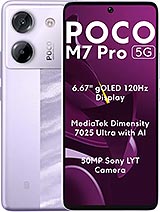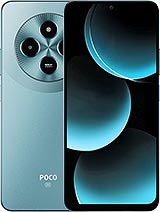Vivo T4x alternatives
Tap above to see alternatives.
2x2.2 GHz Cortex-A78
6x2.0 GHz Cortex-A55
4x2.5 GHz Cortex-A78
4x2.0 GHz Cortex-A55
8GB 128GB (UFS 2.2)
8GB 256GB (UFS 2.2)
8GB 128GB (UFS 3.1)
8GB 256GB (UFS 3.1)
f/1.8, (wide), 0.64µm, PDAF
2 MP
(depth)
f/1.8, (wide), PDAF
2 MP
f/2.4, (depth)
1080p@30fps
f/2.5, (wide)
f/2.1, (wide)
SIM1: Nano, SIM2: Nano (Hybrid)
SIM1: Nano, SIM2: Nano
FDD: N1, N3, N5, N8, N28
TDD: N40, N78
FDD: N1, N3, N5, N8, N28
TDD: N40, N77, N78
FDD: N1, N3, N5, N8, N28
TDD: N40, N78
FDD: N1, N3, N5, N8, N28
TDD: N40, N77, N78
In this performance comparison, the Vivo T4x with its Mediatek Dimensity 7300 (4nm) performs better than the Redmi 13 with the Qualcomm Snapdragon 4 Gen 2 AE (4nm), thanks to superior chipset efficiency.
Both Redmi 13 and Vivo T4x offer the same software support — 2 years of OS updates and 3 years of security updates.
Both Redmi 13 and Vivo T4x use LCD screens. Both smartphones offer the same 120 Hz refresh rate. Vivo T4x also boasts a brighter screen with 1050 nits of peak brightness, enhancing outdoor visibility. Both phones have the same screen resolution.
Vivo T4x features a larger 6500 mAh battery, potentially delivering better battery life. Vivo T4x also supports faster wired charging at 44W, compared to 33W on Redmi 13.
Vivo T4x offers better protection against water and dust with an IP64 rating.
- Redmi 13 – Check price here
- Vivo T4x – Check price here
¹ Scores can vary even with the same chipset due to RAM, thermals, and software optimization.












